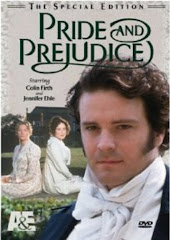The primary source for Othello is a short story from Gli Hecatommithi, a collection of tales published in 1565 by Geraldi Cinthio. The story from the collection dealing with “The Unfaithfulness of Husbands and Wives” provides an ideal place for an Elizabethan dramatist to look for a plot. Since no translation of this work is known to have appeared before 1753, scholars believe that Shakespeare either read the work in its original Italian, or that he was familiar with a French translation of Cinthio’s tales, published in 1585 by Gabriel Chappuys.
In Cinthio’s tale, the wife is known as Disdemona, but the other characters are designated by titles only. There are also significant differences in the length of time over which the drama takes place, details of setting, and characters’ actions.
Commentators have also suggested that Pliny’s Natural History provided Shakespeare with details to enhance Othello’s exotic adventures and his alien origins. It has even been suggested by Geoffrey Bullough that Shakespeare consulted John Pory’s translation of Leo Africanus’ A Geographical History of Africa, which distinguishes between Moors of northern and southern Africa and characterizes both groups as candid and unaffected, but prone to jealousy. Shakespeare was also familiar with fifteenth and early sixteenth century accounts of wars between Venice and Turkey, during which time Venice regained temporary control of Cyprus.
It is agreed by most scholars that Shakespeare wrote Othello in 1604, but some have suggested a composition date as early as 1603 or even 1602. The earliest recorded performance of the play was that by the King’s Men “in the Banketinge house at Whit Hall” on November 1, 1604. However, it is also possible that the play was performed earlier that year in a public theater.
Othello was first printed in quarto form in 1622, and then in the First Folio of 1623; however, there are many variations between the texts of First Quarto and First Folio. The First Folio contains approximately 160 lines that are not in the First Quarto, but it has notably fewer stage directions. In contrast, the First Quarto contains about 13 lines or partial lines not found in the First Folio. Despite the differences, textual commentators generally agree that the folio edition was printed from a copy of the First Quarto, together with corrections and additions from some reliable manuscript, such as an acting company prompt-book.
Thursday, April 29, 2010
Subscribe to:
Post Comments (Atom)





No comments:
Post a Comment
Note: Only a member of this blog may post a comment.